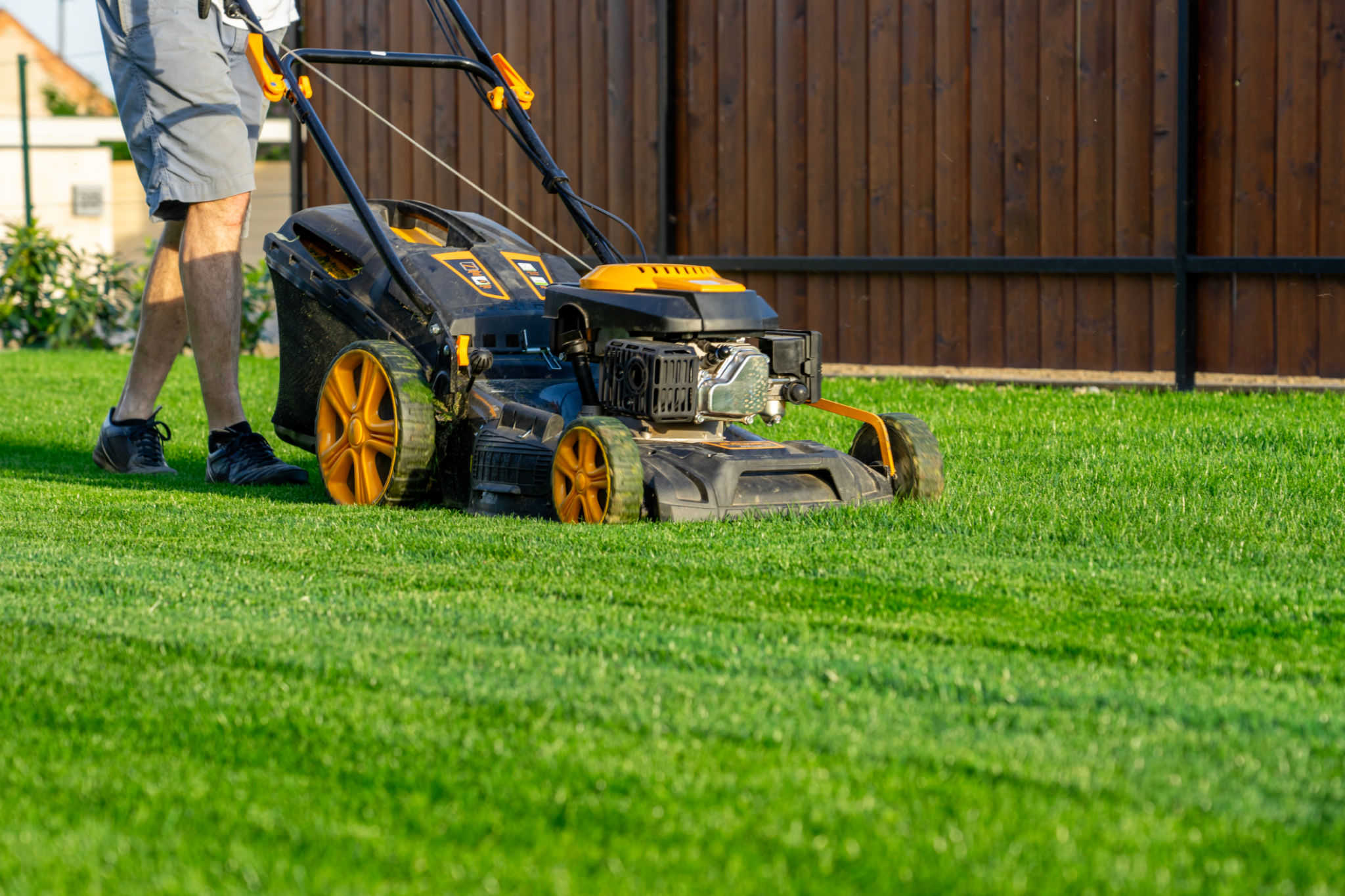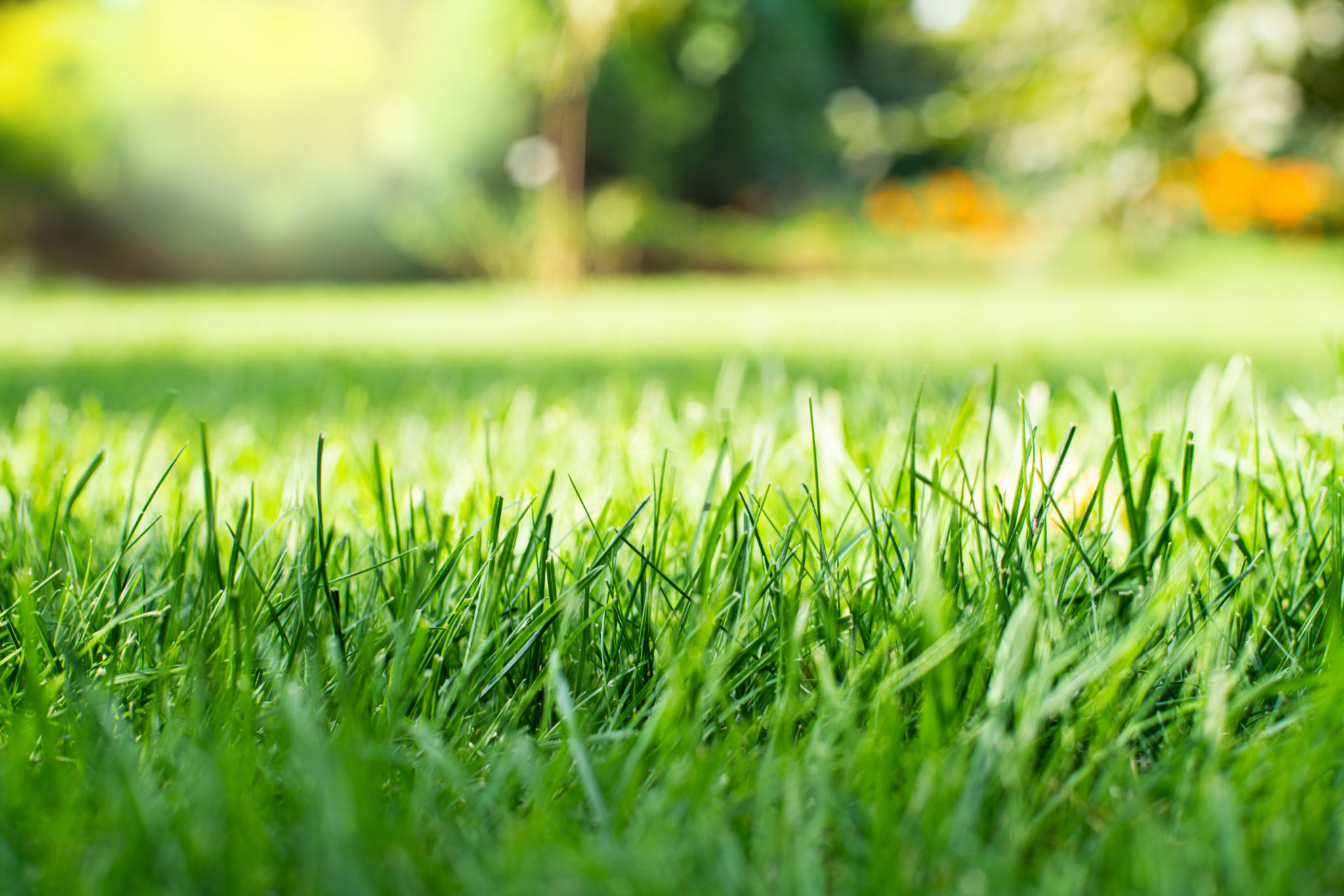Top Lawn Mowing Techniques for a Healthier Lawn in Jasper
Ro
Understanding Your Grass Type
One of the first steps to achieving a healthier lawn is understanding the type of grass you have. Different grasses have specific growth patterns and mowing requirements. For example, cool-season grasses such as Kentucky bluegrass thrive in Jasper's climate and require different care compared to warm-season grasses like Bermuda grass. Knowing your grass type will help you tailor your mowing techniques for the best results.
When you tailor your mowing practices to the specific needs of your grass type, you promote healthier growth and a more vibrant lawn. It's essential to mow at the correct height and frequency, which varies among grass types. For instance, cool-season grasses should be mowed higher than warm-season varieties.

Mowing Height Matters
The height at which you mow your lawn significantly impacts its health. For most grass types, maintaining a height of about 2.5 to 3 inches is ideal. This height allows for adequate photosynthesis, which is crucial for healthy growth. Mowing too short can stress the grass, making it susceptible to weeds and diseases.
A general rule of thumb is to never cut more than one-third of the grass blade in a single mowing session. This practice helps avoid shock to the plant and promotes stronger root development. Consistently mowing at the correct height supports a thicker, more resilient lawn that can better withstand environmental stressors.

The Importance of Sharp Blades
Using sharp mower blades is a critical aspect of proper lawn care. Dull blades tear the grass instead of cutting it cleanly, leading to ragged edges that can turn brown and increase vulnerability to pests and disease. Regularly sharpening your mower blades ensures a clean cut, which reduces stress on the grass and promotes healthier growth.
Sharpening your mower blades at least once a season or after every 20 to 25 hours of mowing is recommended. This simple maintenance task can make a significant difference in the overall appearance and health of your lawn.

Optimal Mowing Frequency
Mowing frequency depends on the growth rate of your grass, which can vary with seasons and weather conditions. During peak growing seasons, you may need to mow more frequently—sometimes weekly—to keep your lawn neat and healthy. In contrast, during slower growth periods, mowing every two weeks might suffice.
Maintaining a consistent mowing schedule prevents excessive thatch buildup and ensures even distribution of nutrients across your lawn. Adjust your mowing frequency based on the current growth conditions for optimal results.
Grasscycling: Natural Fertilization
Grasscycling is an eco-friendly mowing technique where you leave grass clippings on the lawn after mowing. These clippings decompose quickly, returning valuable nutrients like nitrogen back into the soil. This natural fertilization process reduces the need for chemical fertilizers and supports sustainable lawn care practices.
To effectively grasscycle, ensure your mower is equipped with a mulching blade, which chops clippings into finer pieces. Grasscycling not only enriches your soil but also saves time and effort on raking and bagging clippings.

Watering and Mowing
Proper watering complements effective mowing techniques in maintaining a healthy lawn. Avoid mowing when your lawn is wet, as this can lead to uneven cuts and damage to the turf. Wet grass can also clump together, clogging your mower and creating unsightly patches on your lawn.
It's best to mow in the early morning or late afternoon when the grass is dry and temperatures are cooler. This timing not only provides better cutting conditions but also reduces stress on the grass caused by heat during midday.
